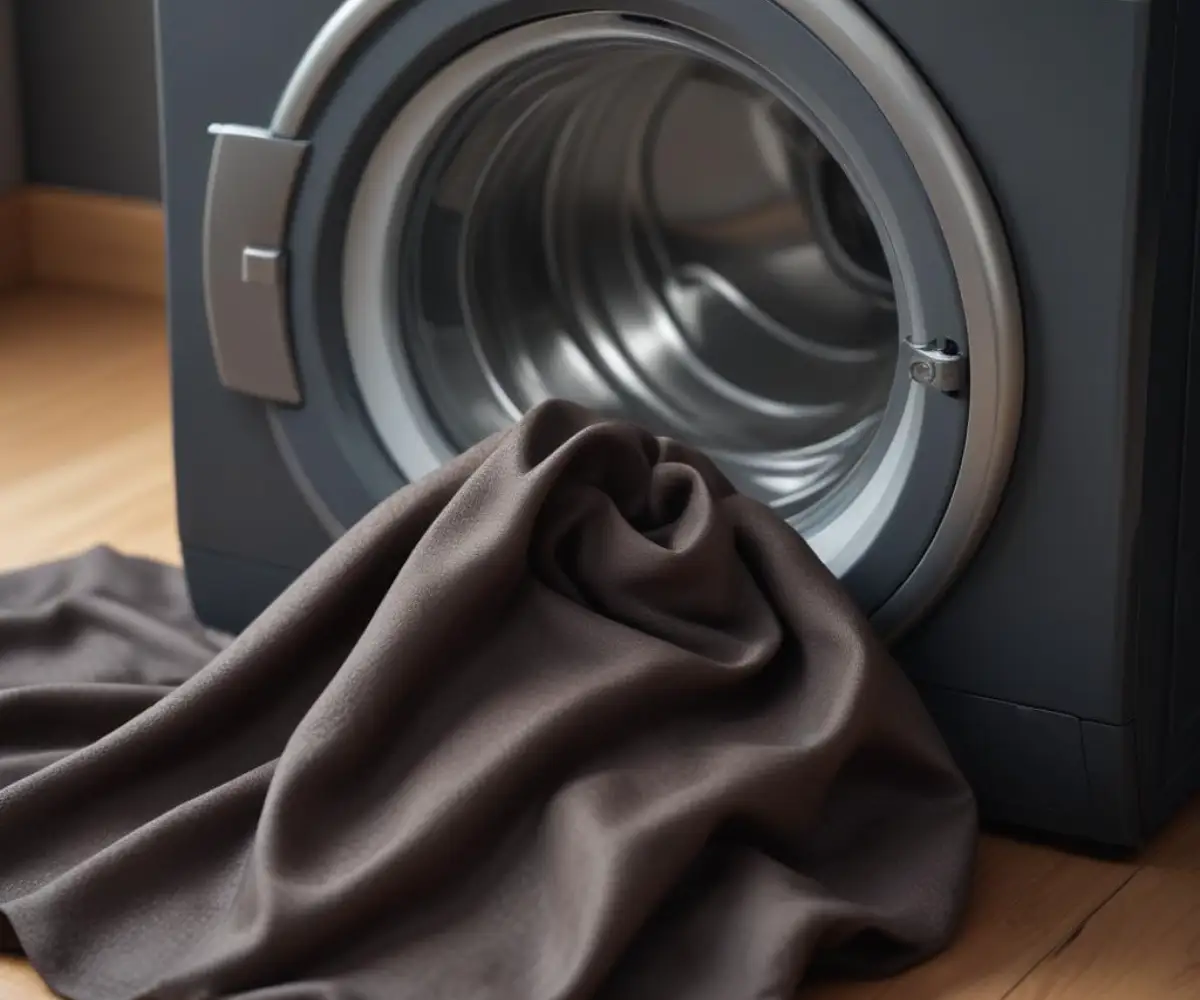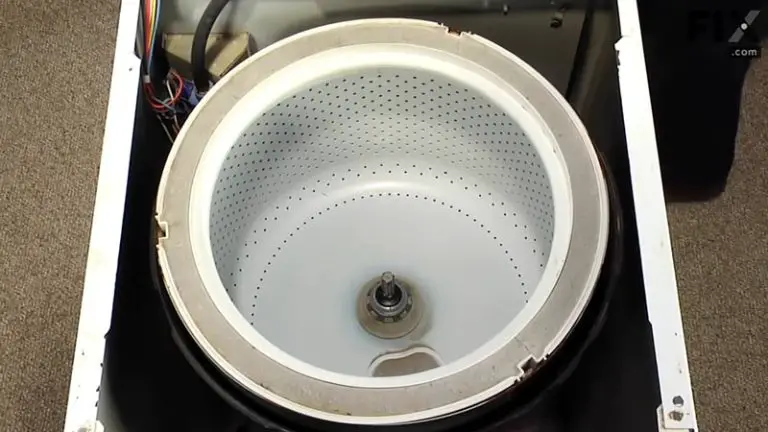Clothes Feel Waxy After Washing? Here’s the Icky Reason & Fix
There’s nothing more frustrating than pulling a load of laundry from the washing machine, expecting fresh, clean clothes, only to find they have a strange, waxy, or greasy feel. This unwelcome texture can make your favorite shirt feel unpleasant against your skin and leaves you wondering what went wrong in the wash. You’re not alone in this common laundry problem, and the good news is that it’s entirely fixable.
This perplexing issue stems from a buildup of residue that isn’t properly rinsed away. Understanding the root causes is the first step toward reclaiming the soft, clean texture of your fabrics. From the products you use to the water in your pipes, several factors can contribute to this waxy dilemma.
You'll Learn About
The Culprits Behind Waxy Clothes: Uncovering the Root Causes
That slick, waxy film on your laundry is a clear sign that something is amiss in your washing routine. It’s typically not a single issue but a combination of factors that create a perfect storm for residue buildup. Identifying these culprits is essential for effective treatment and prevention.

Cause 1: Overuse of Detergent and Fabric Softener
When it comes to laundry products, more is definitely not better. Using too much detergent or fabric softener is the most common cause of waxy buildup. Excess product doesn’t get fully rinsed out during the wash cycle, leaving behind a film that clings to fabric fibers.
Liquid fabric softeners, in particular, are often oil-based and designed to coat fabrics. When overused, this coating becomes thick and noticeable, trapping dirt and body oils with it. This creates a stubborn, greasy layer that can be difficult to remove with regular washing.
Cause 2: The Hard Water Problem
Hard water, which is rich in minerals like calcium and magnesium, is another major contributor. These minerals react with laundry detergents to form an insoluble substance often referred to as soap scum. This residue then deposits onto your clothes, leaving them feeling stiff and waxy.
You might notice the effects of hard water in other areas of your home, such as white, chalky residue on faucets and shower doors. If you suspect you have hard water, this could be a significant part of your laundry issue, as the minerals actively prevent your detergent from working effectively.
Cause 3: Low Water Temperatures
Washing in cold water is energy-efficient and gentle on many fabrics, but it can be less effective at breaking down and rinsing away certain substances. Body oils, greasy residues, and the waxy components found in some detergents and fabric softeners dissolve more readily in warmer water.
If you exclusively use cold wash cycles, these residues can accumulate over time. This buildup is particularly noticeable on synthetic fabrics, which tend to attract and hold onto oils more than natural fibers like cotton.
Cause 4: A Dirty Washing Machine
Your washing machine can’t clean your clothes effectively if it’s dirty itself. Over time, a combination of undissolved detergent, fabric softener residue, minerals, and grime can build up inside the washer drum, filter, and hoses. This gunk, sometimes called “scrud,” can then redeposit onto your clothes during the wash cycle.
If you’ve noticed a musty smell or can see visible grime inside the machine, it’s a strong indicator that your washer needs a deep clean. This is often the hidden cause when you’ve tried everything else. Tackling issues like dirt in the bottom of your washing machine is a critical step toward truly clean laundry.
How to Strip Waxy Residue and Restore Your Fabrics
Once you’ve identified the likely causes, the next step is to remove the existing waxy buildup from your clothes. This requires more than a standard wash cycle. A deep-cleaning method known as “laundry stripping” can effectively dissolve and remove the trapped residues, leaving your fabrics feeling soft and genuinely clean.
The Definitive Laundry Stripping Method
Laundry stripping is a soaking process that uses a combination of powerful cleaning agents to break down stubborn buildup. This method is highly effective for towels, sheets, and sturdy cotton garments that have lost absorbency or feel waxy. It should be used sparingly, as it can be harsh on delicate fabrics and may cause some color bleeding.
To strip your laundry, you will need a bathtub or a large basin, Borax, washing soda (sodium carbonate), and a small amount of your regular powdered laundry detergent. Fill the tub with hot water and add the cleaning agents, stirring until they dissolve. Submerge your clean, dry clothes in the mixture and let them soak for 4 to 6 hours, stirring occasionally. You will likely see the water turn murky, a sign that the process is working. After soaking, drain the water, wring out the items, and run them through a full wash cycle in your machine without any detergent.
| Ingredient | Function in Stripping | Standard Bathtub Recipe |
|---|---|---|
| Washing Soda (Sodium Carbonate) | A powerful cleaning agent that helps to soften water and break down mineral and oil buildup. | 1/4 Cup |
| Borax | A natural mineral that boosts the cleaning power of other ingredients and helps to control odors. | 1/4 Cup |
| Powdered Laundry Detergent | Helps to lift and suspend the loosened grime and residue in the water. | 1/2 Cup |
| Hot Water | Essential for dissolving the powders and opening up fabric fibers to release trapped residue. | Fill tub 1/2 to 3/4 full |
A Quicker Fix: The Vinegar Soak
For a less intensive approach, a vinegar soak can also yield great results. White distilled vinegar is a natural clarifier that helps to break down mineral deposits from hard water and dissolve soap scum. It also acts as a natural fabric softener.
Place the waxy-feeling clothes back into the washing machine. Instead of detergent, add one to two cups of white distilled vinegar directly into the drum. Run a full wash cycle using warm or hot water. For particularly stubborn buildup, you can first soak the items in a solution of one part vinegar to four parts water for several hours before washing.
A Proactive Approach: How to Prevent Waxy Buildup for Good
Removing the waxy residue is only half the battle; preventing it from returning is key. By making a few simple adjustments to your laundry routine, you can ensure your clothes stay soft, absorbent, and free from buildup. A well-maintained home is a system where every detail contributes to the overall function, and your laundry is no exception. Taking care of small details, much like you would a project such as learning how to fill a gap between tile and wood floor, prevents larger issues down the line.
1. Use the Correct Amount of Detergent
Read the instructions on your detergent packaging and use the recommended amount for your load size and water hardness. For high-efficiency (HE) washers, which use less water, it’s especially important to use a specially formulated HE detergent and to measure carefully. Often, you need less detergent than you think.
2. Rethink Fabric Softener
To avoid the waxy film left by many commercial fabric softeners, consider reducing the amount you use or switching to an alternative. One-half cup of white distilled vinegar added to the rinse cycle can soften fabrics and remove detergent residue without leaving a coating. Wool dryer balls are another excellent alternative that softens clothes and reduces drying time without chemicals.
3. Use Hot Water Strategically
While cold water is fine for many loads, make a point to use a warm or hot water cycle periodically for items like towels, bedding, and workout clothes. The higher temperature is more effective at dissolving body oils and preventing the buildup of product residue, keeping these items fresh and absorbent.
4. Don’t Overload the Washing Machine
Clothes need room to move around in the washer to get clean and for detergent to be rinsed away completely. An overloaded machine restricts water flow and agitation, which can lead to poorly rinsed clothes and residue buildup. Ensure you are loading the machine loosely and not packing items down.
5. Maintain a Clean Washing Machine
Regularly cleaning your washing machine is non-negotiable for preventing residue problems. Run a monthly cleaning cycle using a commercial washing machine cleaner or by running an empty hot water cycle with two cups of vinegar. Remember to also wipe down the door seal and clean out the detergent dispenser to remove any lingering gunk.
Advanced Insights for Stubborn Cases
Sometimes, the problem is more complex than simple buildup. The type of fabric you’re washing plays a significant role; synthetic materials like polyester and nylon are oleophilic, meaning they attract and absorb oils. This makes them more susceptible to a waxy or greasy feel compared to natural fibers like cotton or linen. For these fabrics, pre-treating with a dab of dish soap can help break down oils before washing.
The environment of your laundry room itself can also be a factor. Proper ventilation and a quiet machine contribute to a more pleasant experience. While you might consider solutions for drywall vs. drop ceiling soundproofing to reduce noise, the most immediate issue to solve is ensuring your laundry is truly clean. By adopting a comprehensive approach—addressing your products, machine maintenance, and washing techniques—you can permanently solve the frustrating problem of waxy clothes and enjoy the fresh, soft laundry you expect.

